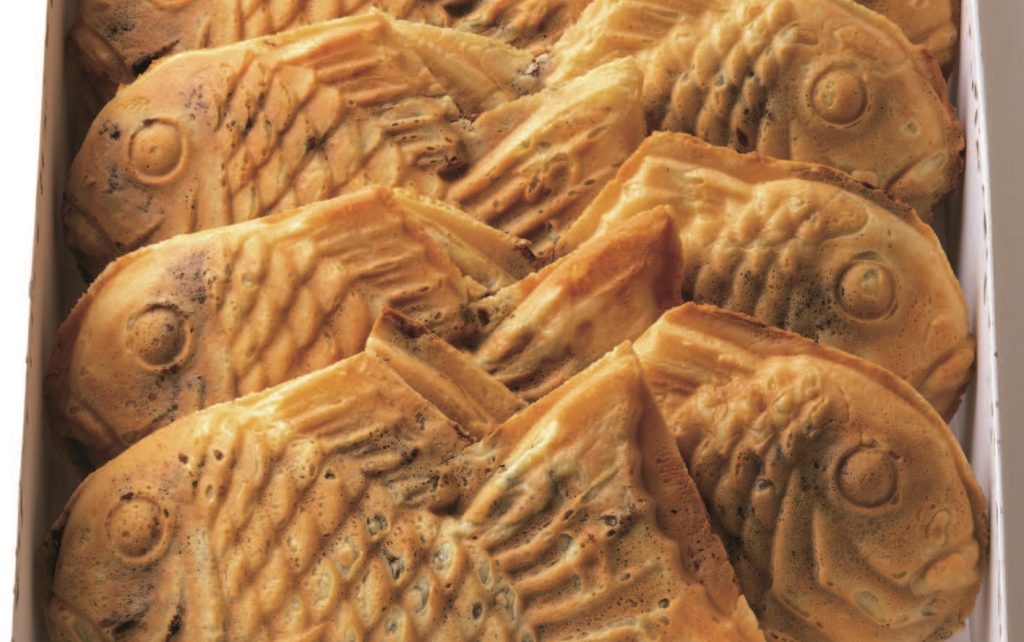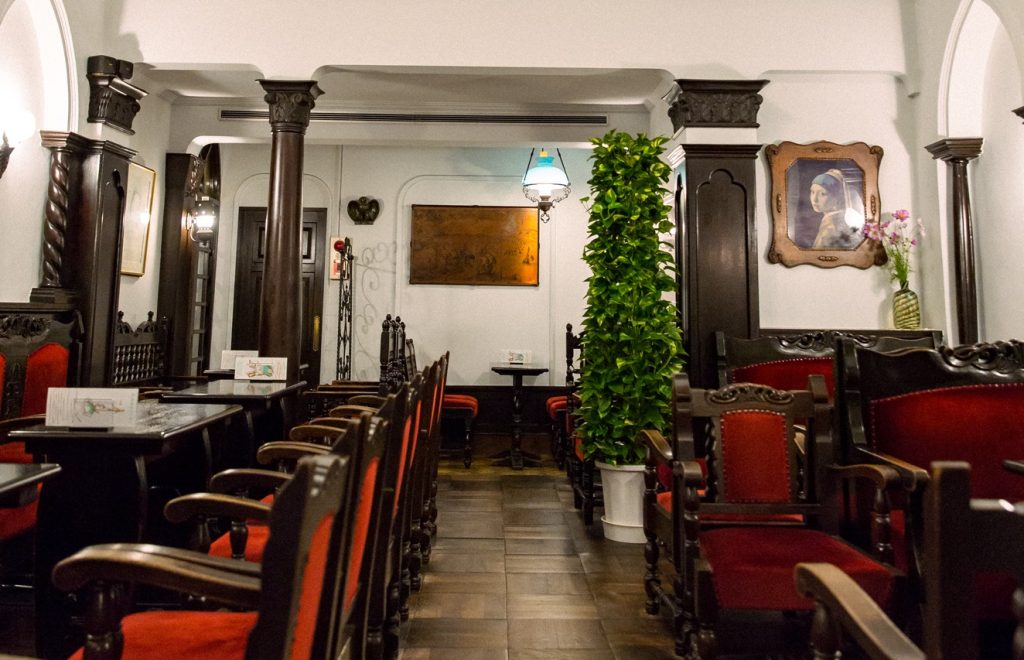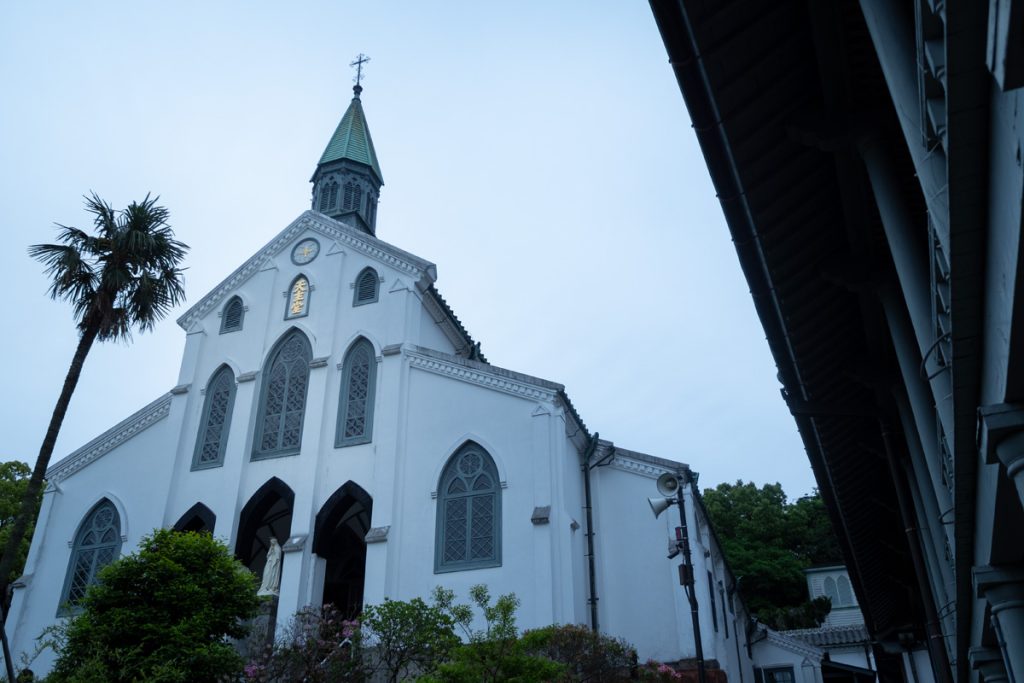Hint, the fish is often eaten during the cold season.
But the close-ups are terrifying right?
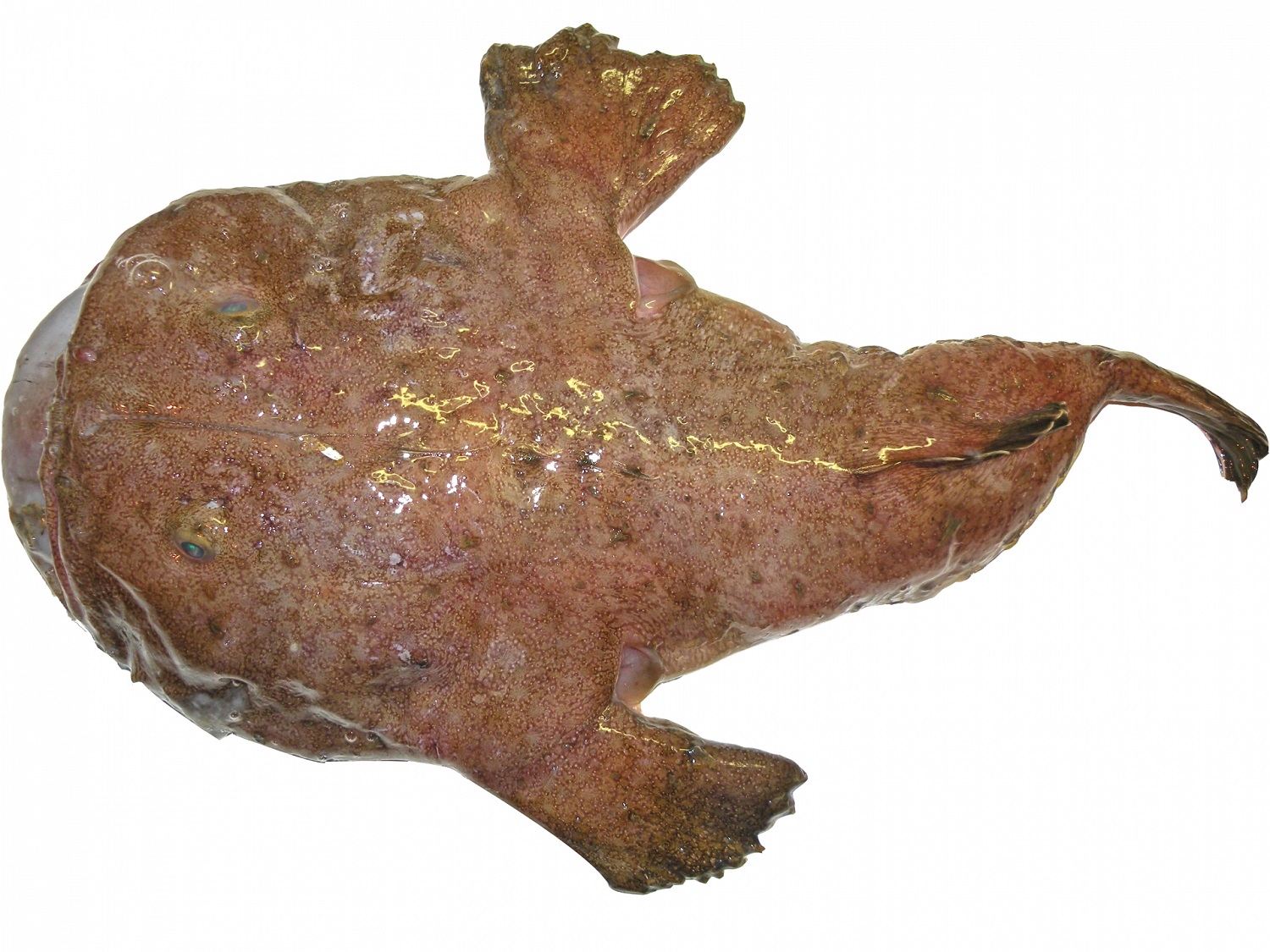
The overall shape is this! Did you get it?
The answer is …….
‘Monkfish (Anko in Japanese)’.
Every part is edible?
Monkfish may look grotesque, but it is a high-end fish. It tastes light, is full of collagen, and has few calories. Recently, it has become popular among women who are concerned about beauty. Known as ‘the blowfish of the west and the monkfish of the east,’ it is one of the most popular winter delicacies.
Various parts of the fish can be eaten, and are divided into seven categories: fins, skin, gills, liver, stomach, nuno (ovaries), and meat, which are then cooked. The length of the fish ranges from 50 centimeters to over one meter, and it is difficult to cut the fish on a cutting board due to its tenderness, so the fish is cut into pieces by hanging. It is said that this method of cooking was already established in the Edo period. The only thing that is discarded after the fish is cut is the bones.
A Hot Pot dish to try!
Monkfish is most popular as a hot pot dish! Many people eat it in a light flavor with a soy sauce-based broth. The sticky texture and delicious taste of the liver is addictive. Is anybody else starting to get hungry…
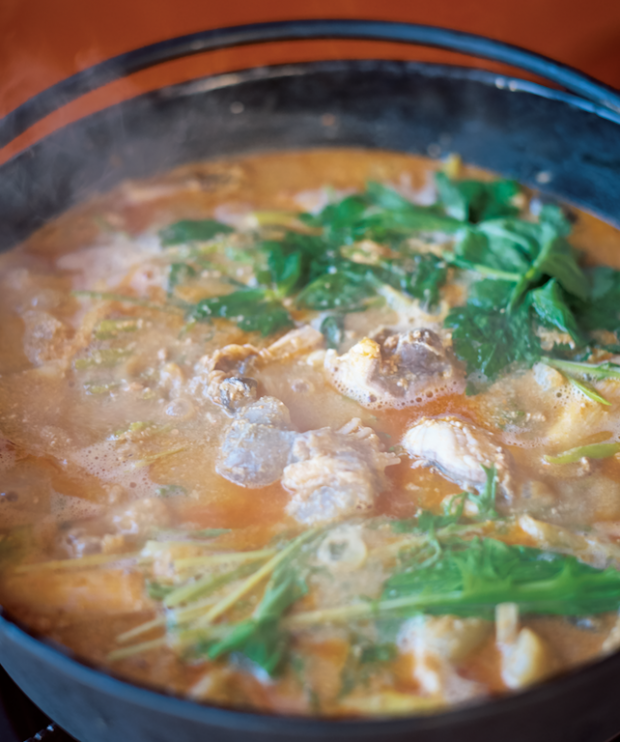
Did you know that there is a fisherman’s dish called ‘Dobu-jiru (どぶ汁),’ which was created to conserve water on board a boat? Monkfish is chopped into pieces and cooked with only the water from the vegetables that are stewed together. This hot pot dish is a favorite of connoisseurs, seasoned only with the flavor of the liver and miso (soybean paste). When you hear that it is rich and concentrated with richness and umami, you will want to give it a try.
However, authentic dobu-jiru is characterized by its low water content, which makes it easy to burn. If you are not confident about cooking it, it may be a good idea to try it by mail order with a set of broth. It is also a good idea to warm yourself up with monkfish hot pot, which is perfect for the cold winter!
This article is translated from https://intojapanwaraku.com/rock/culture-rock/138100/











